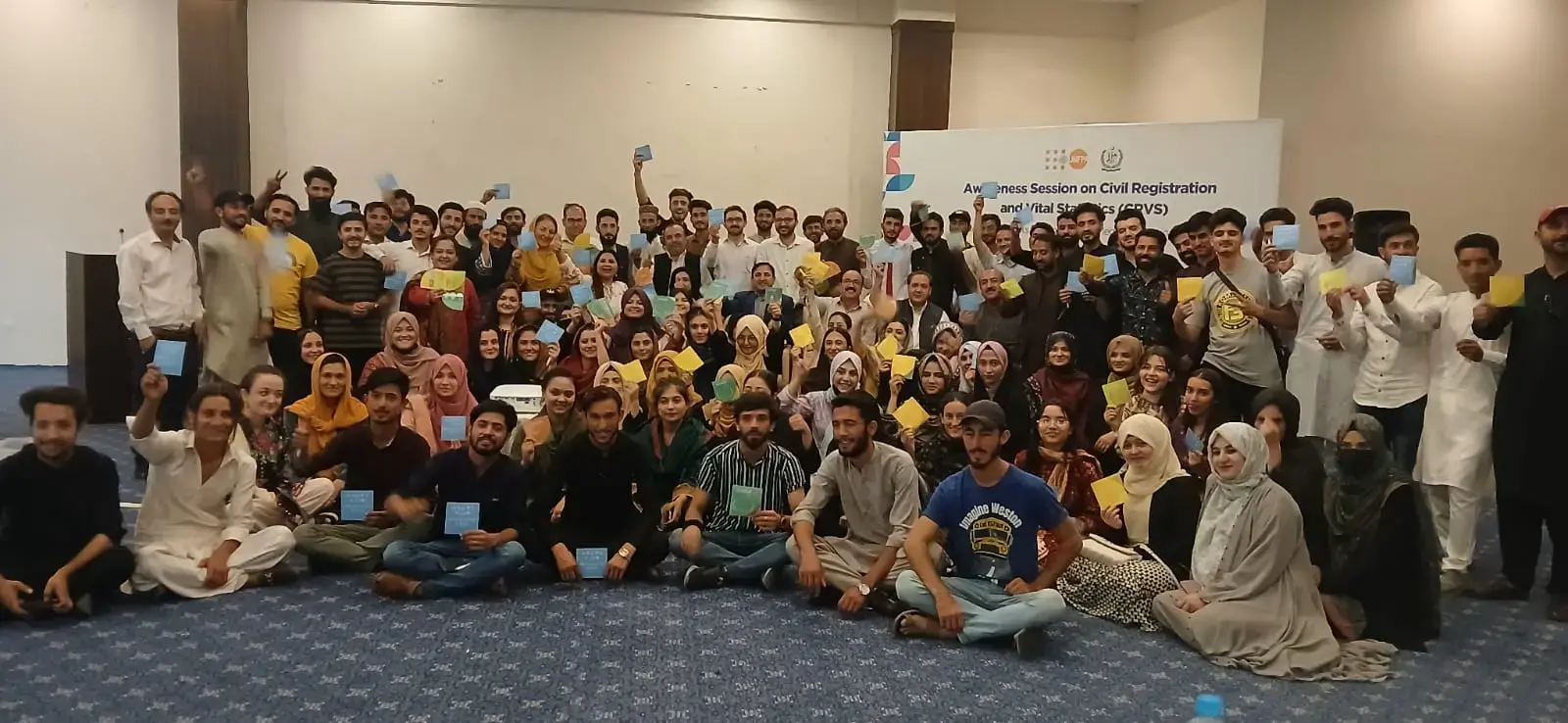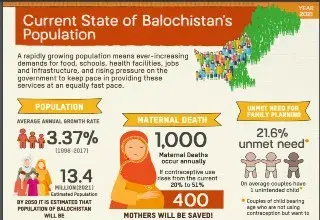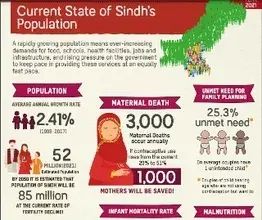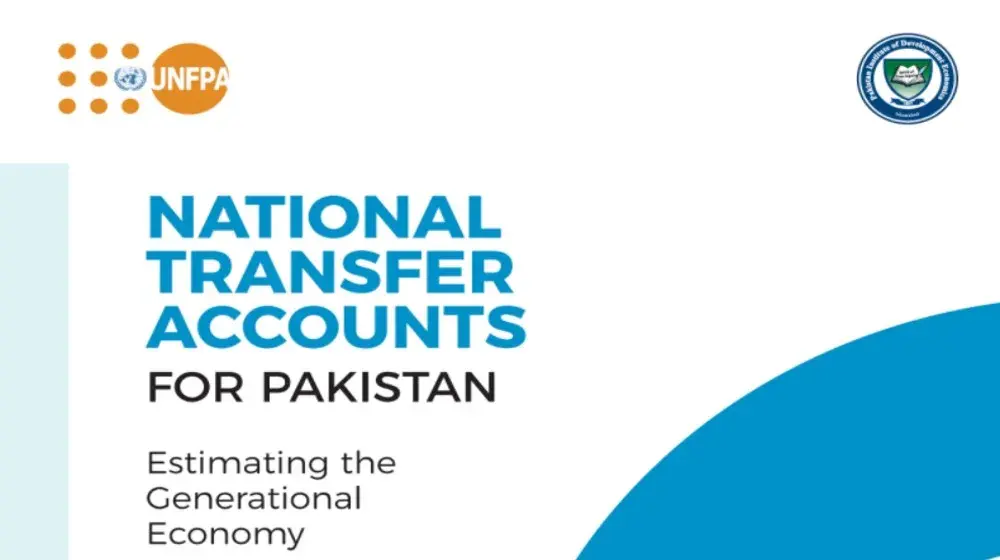In Pakistan, the dynamics of population growth, structure, and distribution are closely linked to the country’s development trajectory. Understanding population change is essential for anticipating and addressing the needs of Pakistan's evolving demographic landscape. UNFPA Pakistan collaborates with government departments, national and provincial statistical bureaus, research institutions, and civil society to collect, analyze, and utilize high-quality population data. As a key partner in the national statistical system, UNFPA plays a pivotal role in enhancing data governance, advancing quality data collection, and supporting informed decision-making. This helps to track shifts in fertility, mortality, migration, and urbanization, providing a solid foundation for planning in health, education, and economic development. Our work not only supports national development goals but also aids government efforts to monitor progress toward the Sustainable Development Goals (SDGs). UNFPA also helps partners adopt international best practices and maintain high ethical and quality standards to foster evidence-based policy formulation.
Key areas of intervention include
- Supporting population censuses and demographic surveys, including data collection, analysis, and dissemination to inform policy decisions.
- Enhancing the capacity of statistical offices and government departments in data collection and analysis through technical assistance, training, and resources.
- Strengthening the capacity of statistical offices and government departments in data collection and analysis by providing technical assistance, training, and resources to enhance the quality and accessibility of demographic data.
- Supporting and advocating for using population data in policy-making, fostering dialogue among government departments, civil society, and development partners to promote data-driven decision-making for sustainable development.
- Supporting the government's efforts to prioritize the needs of young people, recognizing that the demographic dividend depends on investments in health, education, and employment. This includes using demographic data to design programs that empower and develop adolescents and young adults.
- Supporting mechanisms to monitor progress toward the SDGs, especially in reproductive health, family planning, gender equality, and sustainable development, using population data to track trends and measure impact.





